Mini Review
Volume 1 Issue 1 - 2018
Oxidative Stress, Reactive Oxygen Species and Platelets
1Department of Anesthesiology and Reanimation, Marmara University Medical School, Istanbul, Turkey
2Marmara University Pendik Education and Training Hospital, Turkey
3Department of Anesthesiology and Reanimation, Health Sciences University Medical School, Derince, Kocaeli, Turkey
2Marmara University Pendik Education and Training Hospital, Turkey
3Department of Anesthesiology and Reanimation, Health Sciences University Medical School, Derince, Kocaeli, Turkey
*Corresponding Author: Dr. Ayten Saracoglu, Department of Anesthesiology and Intensive Care, Istanbul Marmara University Medical Faculty, Fevzi Cakmak Mh, Muhsin Yazicioglu Cd, No: 10 Pendik Istanbul Turkey.
Received: December 20, 2017; Published: January 25, 2018
Abstract
Imbalance between the generation and detoxification of reactive oxygen species (ROS) results in changed cellular signal transduction, specific biochemical and morphologic changes in cells, especially in platelets. ROS lead to platelet activation, production of platelet agonists, and release of proatherogenic molecules. Therefore the interaction between platelets and endothelial cells can contribute to pathogenesis of atherosclerotic and thrombotic events. In this review, we aim to explain the relationship between reactive oxygen species and platelets during the state of oxidative stress.
Keywords: Reactive oxygen species; Platelet; Oxidative stress
Oxidative stress results from an imbalance between the generation of reactive oxygen species and detoxification of these reactive intermediates or repair ofthe resulting damage. This imbalance allows ROS, which are a kind of physiological molecules, to trigger cell activation as second messengers. However, what important here is that ROS may be useful for cellular signal transduction and removal of pathogens when used appropriately by the immune system cells.
The production of ROS and reactive nitrogen species (RNS) and redox reactions play a major role in controlling not only the activity but also the fate of platelets. Platelets serve as signal messengers in events such as ROS/RNS gene expression, cell proliferation, angiogenesis, natural immunity, programmed cell death and aging. Changes in the redox state of the platelets or the vascular area are associated with increased formation or release of ROS/RNS in the vascular region. Additionally, such changes lead to the regulation of vascular tone, vascular angiogenesis and pathophysiological changes in inflammation as well as the development of atherothrombotic diseases. In the case of increased ROS, platelets tend to move towards the outer side of vessels and interact with other platelets regardless of the presence of a thrombotic situation. Eventually, PLT activation and thrombotic risk elevate as a result of the damage or dysfunction of the endothelium caused by additional oxidants.
The ROS/RNS formation in peripheral blood is generally in balance with the rate of oxidant elimination which cause the generation of an environment with platelets in the resting state. However, if this balance impairs, the activation of ROS in platelets may lead to various consequences:
- Platelet activation through nitric oxide inactivation
- Formation of platelet agonists such as ADP, isoprostan and oxi LDL
- Release of molecules such as proatherogenic CD40L produced by nicotinamide-adenine dinucleotide phosphate (NADPH) oxidase
During endothelial dysfunction or under pathological conditions, ROS/RNS production increases and the platelets respond with specific biochemical and morphologic changes. Mitochondria are at the center of these processes, being able to both generate ROS/RN that drive redox-sensitive events, and respond to ROS/RNS-mediated changes of the cellular redox state [1]. Irregular function of platelets and enhanced interaction with leukocytes and endothelial cells can contribute to pathogenesis of atherosclerotic and thrombotic events. Its initiation activates and increases the number of PLTs and stimulates the conversion of fibrinogen to fibrin by inhibiting the formation of activated protein C.
Furthermore, it increases coagulation and thrombosis formation by reducing plasminogen-mediated fibrinolysis. In the presence of ROS, NO is released through PLT activation and Ca influx and reacts with superoxide to form peroxynitrite. Subsequently, the tyrosyl residues in proteins form 3-NO2-Tyr from peroxynitrite and the RSNO2 complex is formed by the reactions of thiols. Nitration of tyrosine residues of COX1 inhibits the formation of PG from AA and blocks the formation of proaggregant prostanoid. On the other hand, PG synthase activation boosts PG formation. As a result, peroxynitrite composing of ROS and PLTs induces the formation of 8-iso-PGF2α from AA which eventually results in changes in the form of PLT skeleton by increasing both the aggregation of PLTs and the release of Ca.
Superoxide (O-2) is considered as the center of ROS chemistry as it can convert into other ROS products through enzymatic and non-enzymatic reactions. The O-2 - NO reaction leads to the formation of peroxynitrite. Superoxide dismutase (SOD) is an enzyme that catalyzes the partitioning of O-2 and has an inhibitory effect on PLT activity. O-2 can be converted into hydrogen peroxide through SOD. In the catalase, the molecules of H2O2 are converted to water and oxygen. In this case, redox signaling in platelets induces the release of IP3, TXA2, and arachidonic acid from membrane or the glutathione peroxidase enzyme converts hydrogen peroxide to water by oxidizing GSH to the disulfide form GSSG. The combination of hydrogen peroxide with ferrous iron to form hydroxyl radicals and ferryl ion through non-enzymatic reaction is called the Fenton reaction. Moreover, the depolarization of the membrane leads to an increase in platelet release of O-2 and may trigger spontaneous aggregation by reducing the activation threshold of platelets via thrombin, collagen, ADP, or AA.
Superoxide plays a reducing role for the reduced (GSH) and oxidized (GSSG) glutathione balance which is highly important for the regulation of redox in protein thiol groups. Normally, the GSH/GSSG ratio is high in the intracellular region and most of the thiols are in the reduced state (100/1). On the surface of PLTs, there is glutathione reductase activity which regulates the GSH/GSSG ratio and is necessary for the redox environment of PLT. A shift in the GSH/ GSSG ratio as a part of intracellular redox balance towards GSH makes an increase in the PLT sensitivity. Glycoprotein IIb/IIIa (GPIIb/IIIa) is a transmembrane heterodimeric glycoprotein receptor and plays a major role in platelet aggregation by regulating oxidants in various places. The free thiols in the content of GPIIb/IIIa are regulated by the extracellular GSH/GSSG ratio, which may trigger aggregation if approximates to the normal ratio in blood (5/1). Extracellular domains of GPIIb/IIIa, which are rich in disulfide bonds, activate receptors in case of reduction and induce a proaggregant situation.
N acetyl cysteine further shifts the redox balance in favor of GSH by increasing the intracellular Ca spike resulting in the restoration of intracellular thiol deposits, inhibition of PLT aggregation and potentiation of the anti-platelet effect of NO.
Mitochondrial ROS production is associated with membrane potential. PLTs have a crucial role in the mitochondrial respiratory chain as a ROS/RNS source. When hyperpolarized, the membrane elevates the reduction of the electron transport chain, and subsequently, the O2- production is increased by the complexes 1 and 3 and then rapidly converted into H2O2 via SOD. Strong stimuli leading to loss of depolarization cause the release of cytochrome C from matrix to the cytosol by opening of the mitochondrial permeability transition pores (mPTPs) which ultimately leads to the formation of procoagulant platelets. Ubiquinone-binding site, Complex III, the flavin prosthetic group in Complex I, flavoproteins transferring electrons, ubiquinone oxidoreductase, and glycerol 3-phosphate dehydrogenase are the sources for O-2 production.
Superoxide is formed through NADPH oxidase, xanthine oxidase with molecular oxygen, eNOS and reduction of mitochondrial electron transfer chain. Superoxide, then, converts to H2O2 through superoxide dismutase. However, in the presence of NO, it converts to peroxynitrite, which is highly reactive. In the former case, H2O2 is converted into reactive HOCL in the area of inflammation by neutrophil myeloperoxidase. H2O2 can also turn into OH- a highly toxic radical. On the other side, H2O2 changes into H20 and molecular O2 in the presence of antioxidant enzymes such as catalase, glutathione peroxidase, and peroxiredoxin which uses thioredoxin.
Oxidative stress causes platelet hyperreactivity by reducing nitric oxide [2]. Therefore, nitric oxide derived from platelets is considered as a new generation anti-aggregant. Although NOS is actually localized mainly in the endothelium, eNOS and iNOS are detected in also platelets and megakaryocytes with capacity to inhibit platelet aggregation. Under physiological conditions being a resource for cofactors and in the presence of Ca2+/calmodulin/NADPH, eNOS is converted into NO. By elevating c AMP and c GMP, it induces the phosphorylation of the vasodilator-stimulated phosphoprotein. Additionally, NO inhibits the thromboxane receptors in the PLT membrane. However, the anti-thrombotic effect of nitric oxide decreases when ROS are added to the system. The gp91phox subunit, an endothelial isoform of NO, inhibits the superoxide production of platelet. By inhibiting PLT ectonuclease, eNOS allows more PLT to be drawn into the growing thrombus which multiplies ADP.
In the presence of oxidative and nitrative stress, O2- and NO trigger oxidative reactions and leads to the formation of highly reactive ROS/RNS compounds. NO competes with SOD for O2- within diffusion-limited limits, and a highly reactive oxidant, generates in the end. In other words, peroxynitrite is an oxidant formed by the interaction of ONOO\\superoxide and NO. ONOO- activates the TXA2 synthesis with increased PG and creates adhesions. Simultaneously, alphaIIbbeta3 and 8isoPGF2alpha activation leads to elevated aggregation. In fact, H2O2 formation catalyzed by SOD is approximately 1/3 of peroxynitrite formation. ADP-induced recruitment increase is also observed [3].
Conclusions
Oxidative stress occurs by the imbalance between the generation of reactive oxygen species and their detoxification. Platelets become more aggregant and procoagulant under increased oxidative stress. Besides the anti-thrombotic effect of nitric oxide decreases when ROS are present in circulation.
References
- Pietraforte D., et al. “Redox control of platelet functions in physiology and pathophysiology”. Antioxidants & Redox Signaling 21.1 (2014): 177-193.
- E Fuentes and I Palomo. “Role of oxidative stress on platelet hyperreactivity during aging”. Life Sciences148 (2016): 17-23.
- Chen S., et al. “ROS-mediated platelet generation: a microenvironment-dependent manner for megakaryocyte proliferation, differentiation, and maturation”. Cell Death & Disease 4 (2013): e722.
Citation:
Ayten Saracoglu., et al. “Oxidative Stress, Reactive Oxygen Species and Platelets”. Anaesthesia, Critical Care and Pain Management
1.1 (2018): 55-58.
Copyright: © 2018 Ayten Saracoglu., et al. This is an open-access article distributed under the terms of the Creative Commons Attribution License, which permits unrestricted use, distribution, and reproduction in any medium, provided the original author and source are credited.











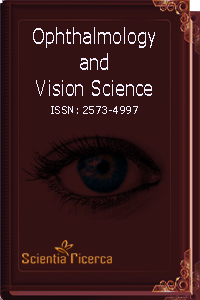
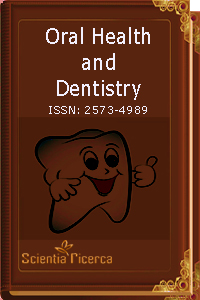
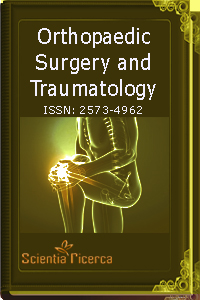
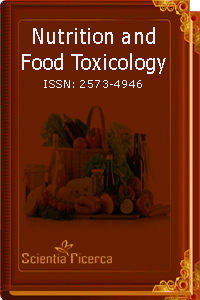
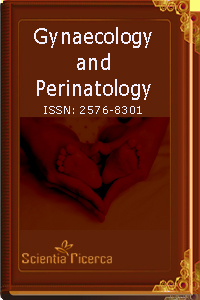
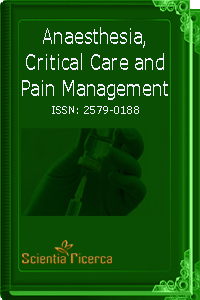
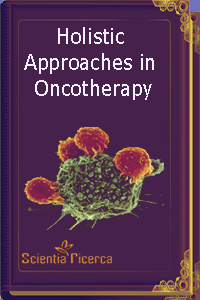
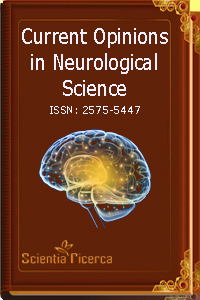
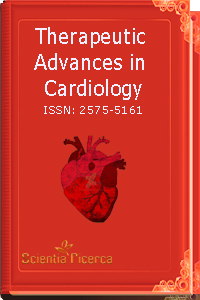
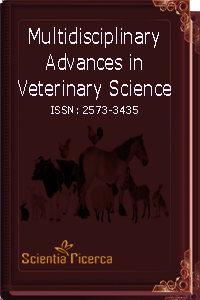
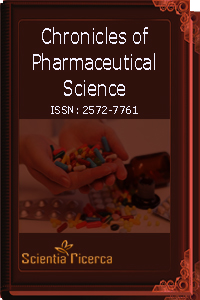
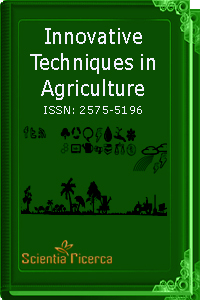
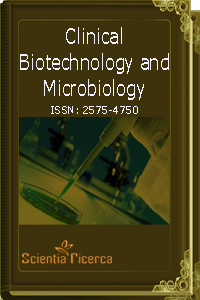
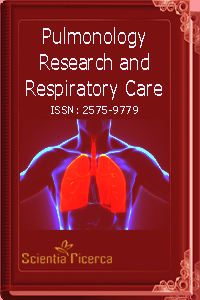
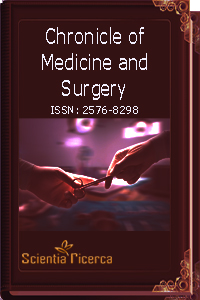
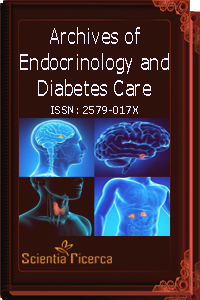
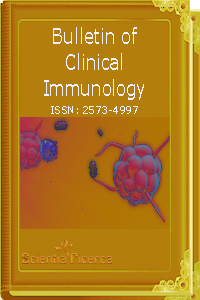
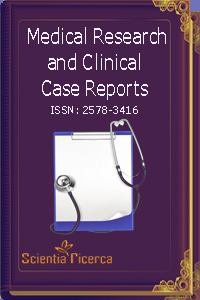
 Scientia Ricerca is licensed and content of this site is available under a Creative Commons Attribution 4.0 International License.
Scientia Ricerca is licensed and content of this site is available under a Creative Commons Attribution 4.0 International License.